#z80
Text

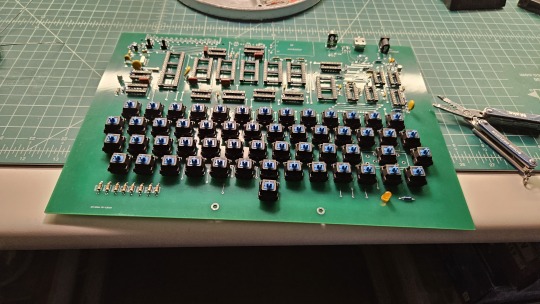
Assembly of a modern Galaksija replica, a Yugoslavian Z80-based computer, the instructions of which were found in magazines and described in radio broadcasts in the 80s in its native country.
417 notes
·
View notes
Text
Sanyo Wavy 35 (PHC-35) MSX2+
The Wavy 35 (PHC-35J) is an MSX2+ computer released (1988) on the Japanese market by Sanyo. It's the only MSX2+ model that doesn't include a disk drive and built-in MSX-MUSIC (Yamaha YM2413). It is therefore quite compact in design and has had fewer failures (the built-in disk drive was one of the most common components to fail on most 8-16 bit machines)
It was developed in cooperation with the Japan Management Association (JMA) to promote the use of computers in schools, public administration, and commercial enterprises.
Sanyo models have one of the best keyboards available amongst all MSX 2+ machines.
Check these out too if you are interested in retro computing

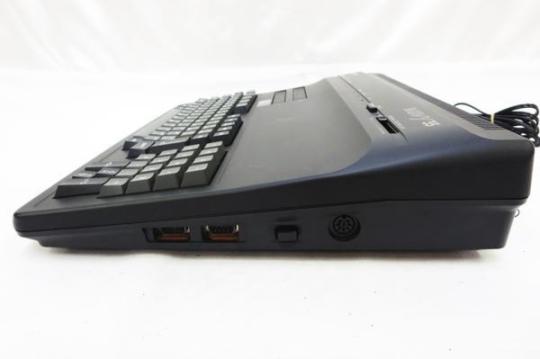

78 notes
·
View notes
Text

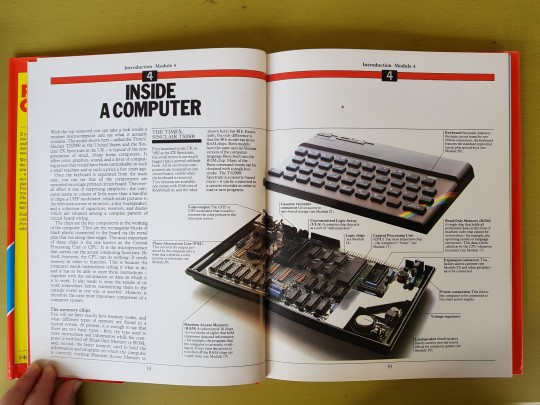





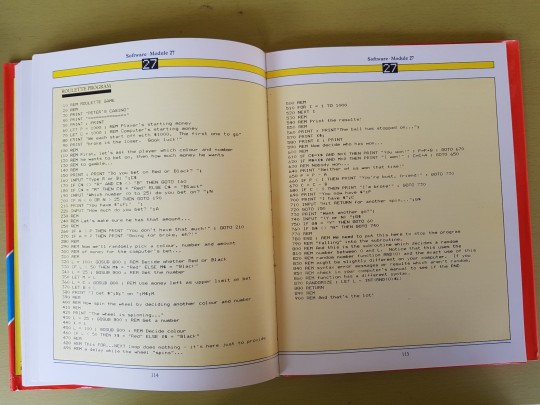


Selections from The Personal Computer Handbook by Peter Rodwell (1983)
Some of my thoughts while reading:
- I forgot how old ASCII is
- MOS 6502 my beloved (with 8086 jumpscare)
- That one page I misread as "Computer Erotica"
- Program listings printed on dot matrix and scanned as images for publication, because that was the best option - normal in magazines, a suprise in a hardcover book
- CP/M being a more noteworthy OS than something called MS-DOS
16 notes
·
View notes
Text
youtube
The Minimoan is a genuine 8-bit computer made up with modern components and replacements. This homebrew computer is ideal for educational purposes, as its extremely simple architecture will encourage anyone to comprehend its structure and functionality in full depth. It has a z80 CPU and it's fully compatible with the original zx81 computer.
3 notes
·
View notes
Text
youtube
Artist Feature #30: Paul Hutchinson
Paul “Z80GameCoder” Hutchinson grew up surrounded by pirate radio in London, and he brought some of that with him to Sega of America. Let’s take a look at some newly uncovered examples!
premieres in about 15 minutes! join us in chat!
2 notes
·
View notes
Link
2 notes
·
View notes
Text
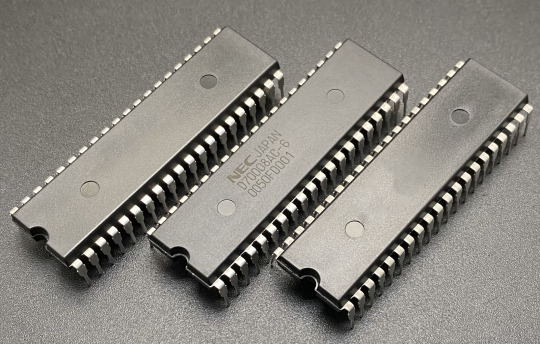
Ladies and gentlemen...
Today, we gather not to mourn, but to celebrate the remarkable journey of an iconic piece of technology—the Zilog Z80 microprocessor. As we mark the official retirement of the Z80, we reflect on its enduring legacy that began over four decades ago.
The Z80 was more than just a collection of circuits; it was the cornerstone of a technological revolution. Introduced in 1976 by Zilog, founded by Federico Faggin and Ralph Ungermann, the Z80 quickly became a beloved figure in the world of computing. Its design was a masterpiece of innovation, combining power with versatility, and it set a new standard for microprocessors.
In its heyday, the Z80 found its way into some of the most seminal computing systems of the time. It was the brain behind pioneering personal computers like the Osborne 1 and the TRS-80. It powered the Sinclair ZX Spectrum, which introduced countless individuals to the joy of programming and gaming. Moreover, it was crucial in the development of embedded systems and influenced the arcade games that many of us cherished in our youth.
The Z80 was also a tool of education. For many young programmers and engineers, it was their first introduction to the intricacies of machine code and assembly language. It demystified the inner workings of computers, making the digital world more accessible and less daunting.
But beyond its technical achievements, the Z80's real triumph was in its ability to inspire. It sparked a generation of innovators and tinkerers, many of whom have gone on to shape the modern technological landscape. Its influence can be seen in the software we use, the games we play, and the smartphones that are now an integral part of our daily lives.
As we say goodbye to the Z80, we also say thank you. Thank you for your contributions to computing, for democratizing technology, and for inspiring creativity and innovation. Your circuits may have ceased production, but your impact will resonate for generations to come.
So, here's to the Zilog Z80—may your legacy continue to teach and inspire as long as there are stories to be told about the silicon that changed the world. Rest well, old friend, your work here is done, but your journey through the annals of technology history is eternal.
0 notes
Text

Various Z80 CPUs pulled from devices in my workshop.
33 notes
·
View notes
Photo




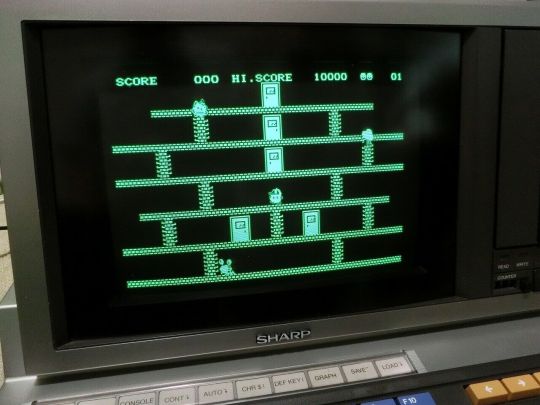
The SHARP MZ-2000 is a member of the Sharp MZ family.
The MZ is a Z80 CPU based computer family from the late 70's and early 80's.
https://en.wikipedia.org/wiki/Sharp_MZ
Check these out too if you are interested in retro computing
24 notes
·
View notes
Text

Trying to draw more often, and I needed a thumbnail for some music I'm uploading later, so here's a fictional computer from 1985 with a widescreen CRT and detachable keyboard.
The Fenk had three cartridge slots to allow switching between multiple programs, but cartridges needed their own internal memory to maintain the software state. The additional memory tripled the cost of a cartridge, so only a handful of developers ever used the feature.
It runs on a Z80, of course.
8 notes
·
View notes
Text
This is one of the few pieces of retro tech in my collection that I've owned since new. A TI-83 graphing calculator bought circa 1999 as a requirement for my high school maths class. The manual is bigger than the calculator itself which was pretty exciting for a young nerd.
These run off a Z80 and have a pretty decent version of Basic. I wrote some simple games and even back then heard rumours of people running Doom although no one ever had proof at my school. The internal battery must still have a charge because it has some of my programs and pixel art!
There's a ton of half working things on it, but the first one is a loader for the programs I considered my best. You could draw using the cursor keys or generate images using maths, so one of the programs just displays pictures. I was into Thief: The Dark Project and fractals, not much has changed there.
I first learned about Markov chain text generators around this time too and the idea of computer generated text blew my mind. I remember writing this super rudinentary sentence generator during a maths class... and suddenly I understand why I'm so bad at trig and calculus.

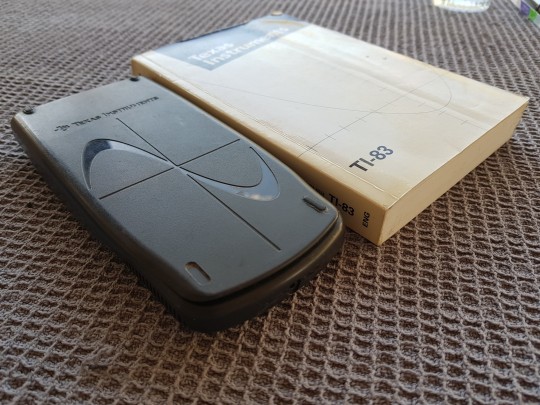


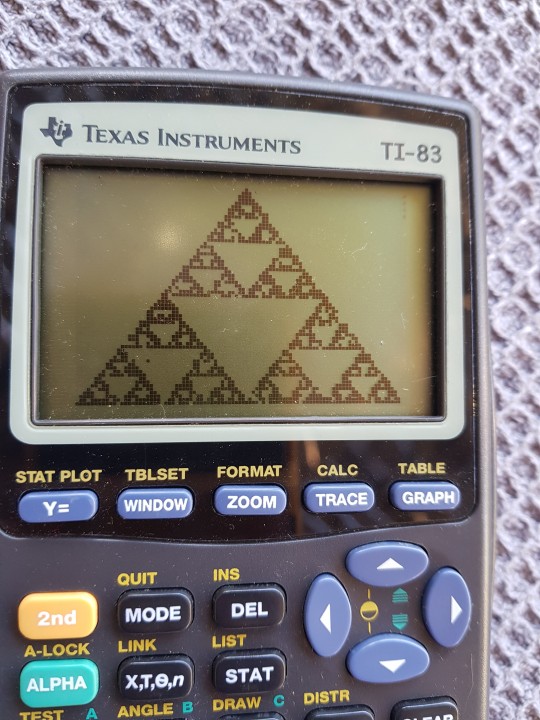
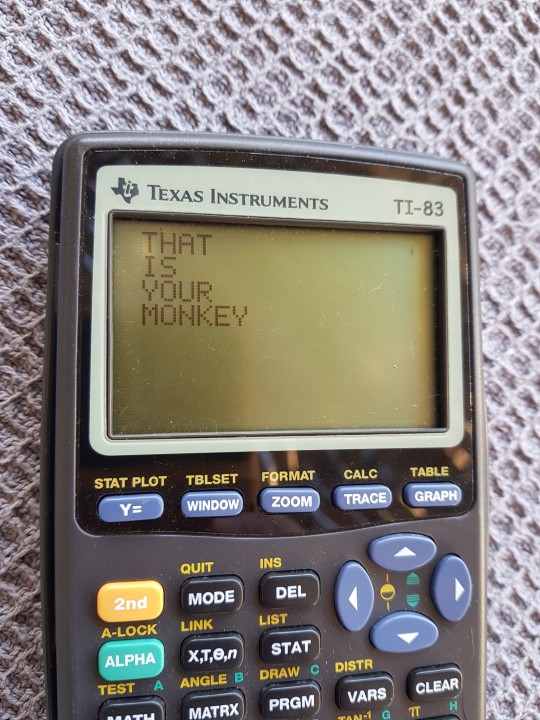

0 notes
Text
Fun fact, on the z80, the HL register often acts like a 16 bit analogue to the 8 bit A register. You can do ADD A, ADD HL, ADC A, ADC HL, SBC A, SBC HL, etc.
But not SUB HL! You can do SUB A! But also SBC HL is allowed??? Whats the fuck? It's certainly odd!!! Why!!!!???
2 notes
·
View notes
Text
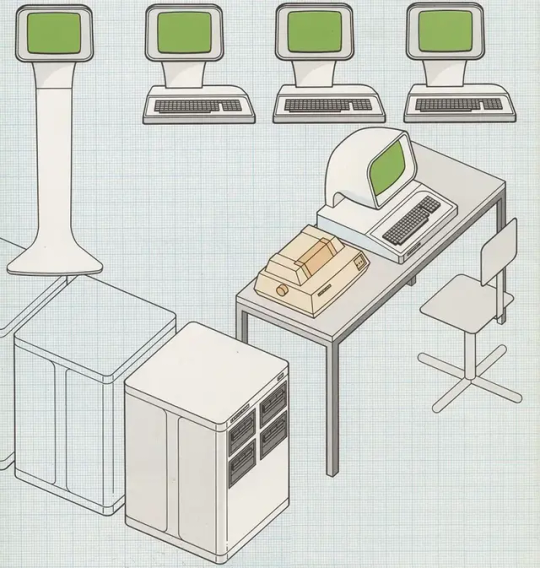
A diagram of Holborn terminals, including one which inspired the design of the Holborn 9120.
Riccardo Bianchini, Inexhibit.com:
the system comprised a single-piece keyboard-monitor console and a massive external unit that contained two floppy drives (an optional 30MB hard disk was also available).
There are few doubts that the distinctive hallmark of the Holborn 9100 was its periscope-like 12” built-in monitor protruding from the console.
Image: Technisch Museum
1 note
·
View note

